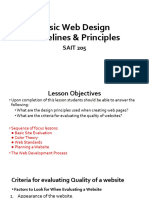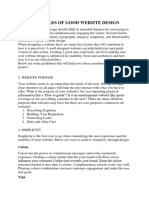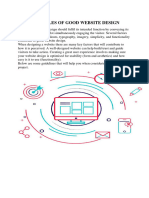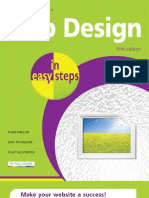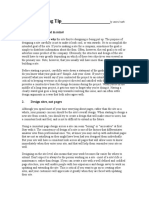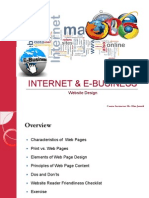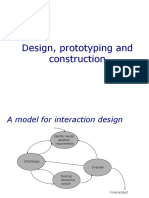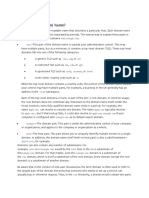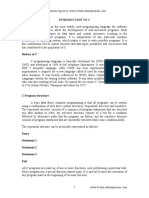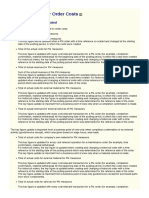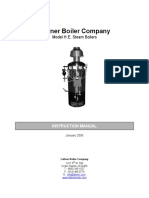0% found this document useful (0 votes)
95 views37 pagesWeb Design Principles
The document outlines 10 principles of web design including using simplicity in typography and color, defining content, using intuitive navigation, following common reading patterns with layout, establishing visual hierarchy, employing a grid-based layout, optimizing for speed and mobile, identifying goals and resources, and testing designs. It also provides tips for choosing complementary or analogous color schemes, using appropriate font sizes and contrasts, including placeholder text, and utilizing white space. Overall, the principles emphasize designing for the user experience with clear goals and content.
Uploaded by
Ryda SCopyright
© © All Rights Reserved
We take content rights seriously. If you suspect this is your content, claim it here.
Available Formats
Download as PPT, PDF, TXT or read online on Scribd
0% found this document useful (0 votes)
95 views37 pagesWeb Design Principles
The document outlines 10 principles of web design including using simplicity in typography and color, defining content, using intuitive navigation, following common reading patterns with layout, establishing visual hierarchy, employing a grid-based layout, optimizing for speed and mobile, identifying goals and resources, and testing designs. It also provides tips for choosing complementary or analogous color schemes, using appropriate font sizes and contrasts, including placeholder text, and utilizing white space. Overall, the principles emphasize designing for the user experience with clear goals and content.
Uploaded by
Ryda SCopyright
© © All Rights Reserved
We take content rights seriously. If you suspect this is your content, claim it here.
Available Formats
Download as PPT, PDF, TXT or read online on Scribd
/ 37

